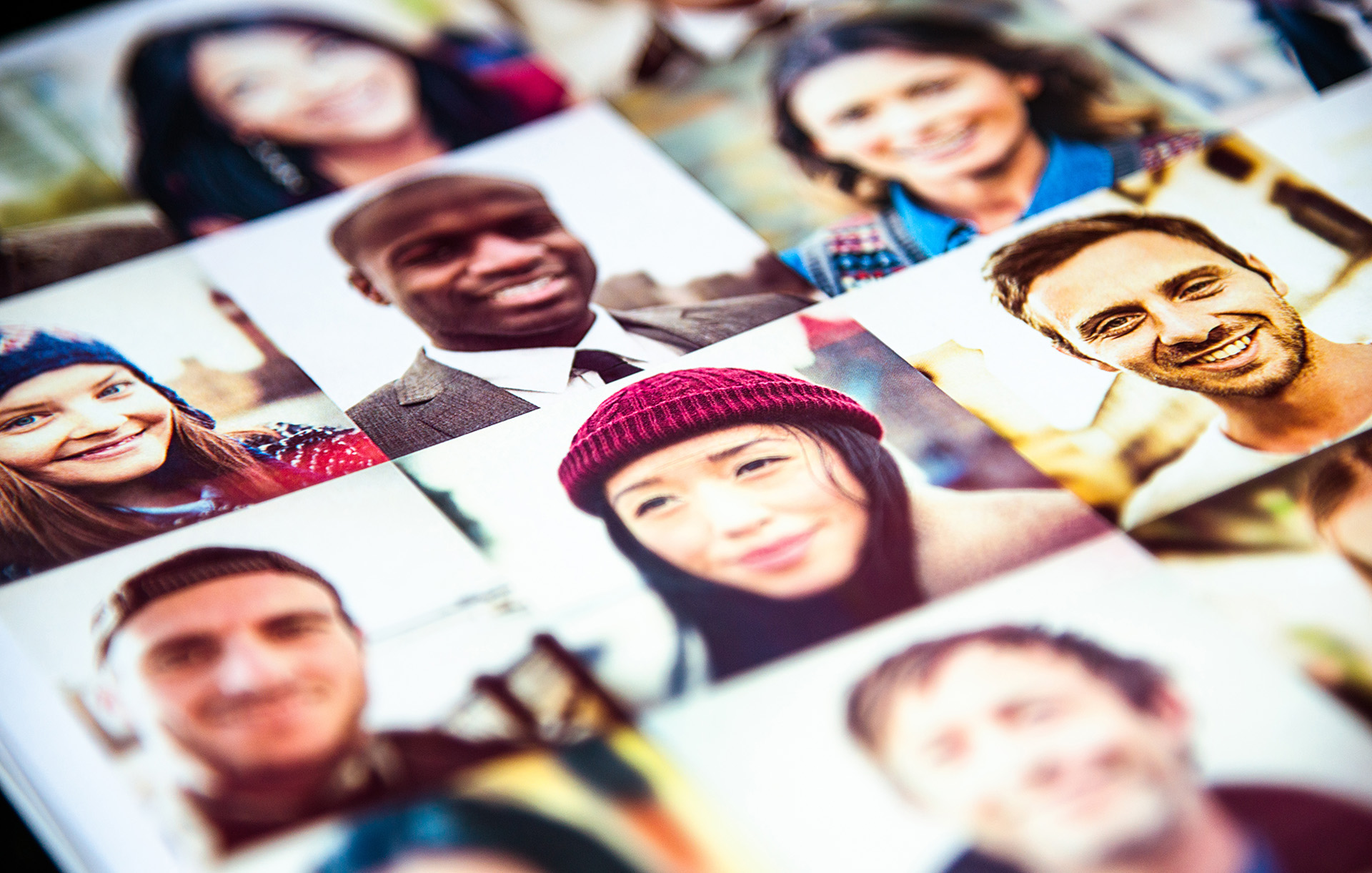Does Your Face Belong To You? What To Do When Someone Uses Your Photo Without Permission
The ubiquitous nature of the digital age allows anyone to use, adapt or duplicate content on the internet. But what do you do if that content belongs to you? Or even worse, what do you do if that content is you? This article explains the legal rights in a photo and how to respond if someone uses your photo without permission.
When Your Face is No Longer Yours
Jessica Buntrock, a skincare blogger with over 90,000 followers, recently discovered an image of herself on a flyer for Real Health in Sydney. Real Health used images of her face to promote their business with ‘before and after’ shots. Buntrock had never been to Real Health, but by using such photos, Real Health purported that Buntrock received their laser facial treatment. Real Health also photoshopped the images to make the side by side shots seem more drastic and impressive.
Your Legal Rights
There are several legal rights when it comes to photographs. Such rights belong to various people, including the:
- person in the photo;
- creator of the photo; and
- creator of any amendments to the photo.
Copyright in Australia is an automatic right that subsists (exists) in every original work. The creator of the work owns the copyright. Copyright grants the owner exclusive rights to use, adapt, publish, display or otherwise communicate that work to the public.
If you take a photo of yourself, edit and upload it to a social media platform, you own the copyright in that image. On the other hand, if a third party or agency photographs you, you may not own the copyright in the image. However, this does not mean that you do not have any rights.
The Australian Consumer Law (ACL)
The ACL is designed to protect consumers and is enforced by the Australian Competition and Consumer Commission (ACCC). In particular, the ACL prohibits misleading or deceptive conduct in the following ways:
Section 18
A person must not engage in conduct that is misleading or deceptive or likely to mislead or deceive in a commercial sense.
Section 29
A person must not make false or misleading representations about goods or services.
The ACL prohibiting misleading or deceptive conduct can relate to a brand or person using an image of you without your consent. Therefore, it is possible that, in using your picture, a person or business has misled or deceived the public by indicating that they are associated with you.
Further, section 29 explicitly states that it is misleading to make a false representation that goods or services have sponsorship, approval or affiliation with someone or something.
Legal remedies may be pursued through the Courts, but this is a very stressful and expensive path to follow.
Use the avenues available to you – Most social media platforms have a complaint procedure. This could result in the infringing party being forced to take down your image.
Lodge a formal complaint – If you want government backing, you can lodge a complaint with the ACCC or the Advertising Standards Board.
Contact the infringing party yourself – Sometimes, people are unaware of the laws around copyright and misleading or deceptive conduct. They may have innocently used your photo. If this is the case, reaching out yourself and asking them to remove the image may easily solve your problems.
Send a cease and desist letter – A cease and desist letter is a relatively easy and low-cost option to outline your rights to the infringing party and demand that they cease and desist from using your photo. It is usually a good idea to seek the advice of a lawyer when exploring this step.
If you need advice on this type of issue, please call us on 9543 1444 to arrange an appointment.


